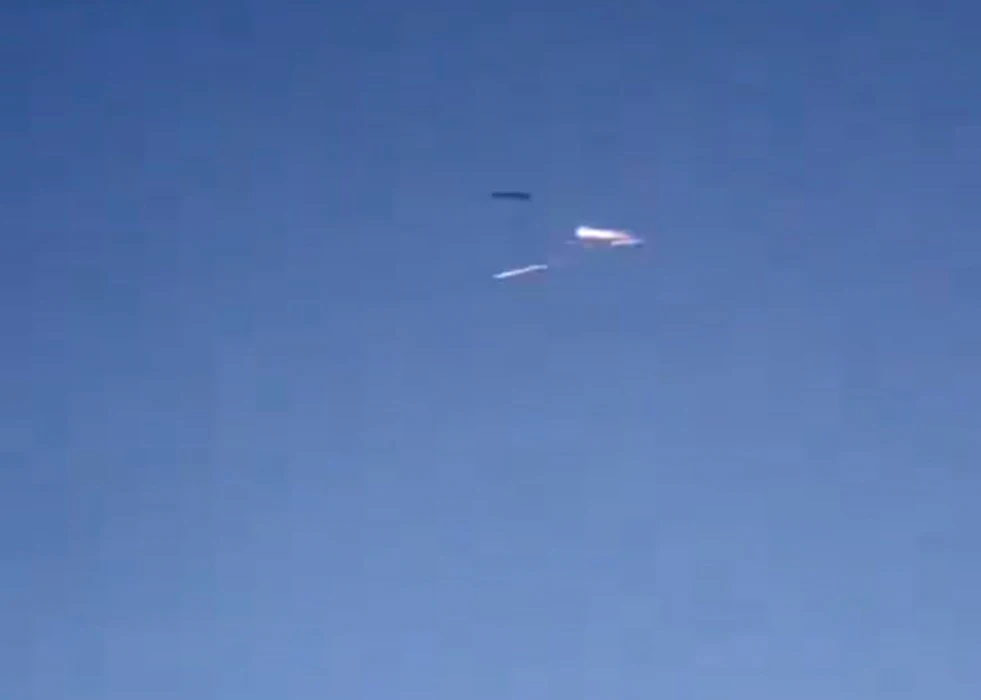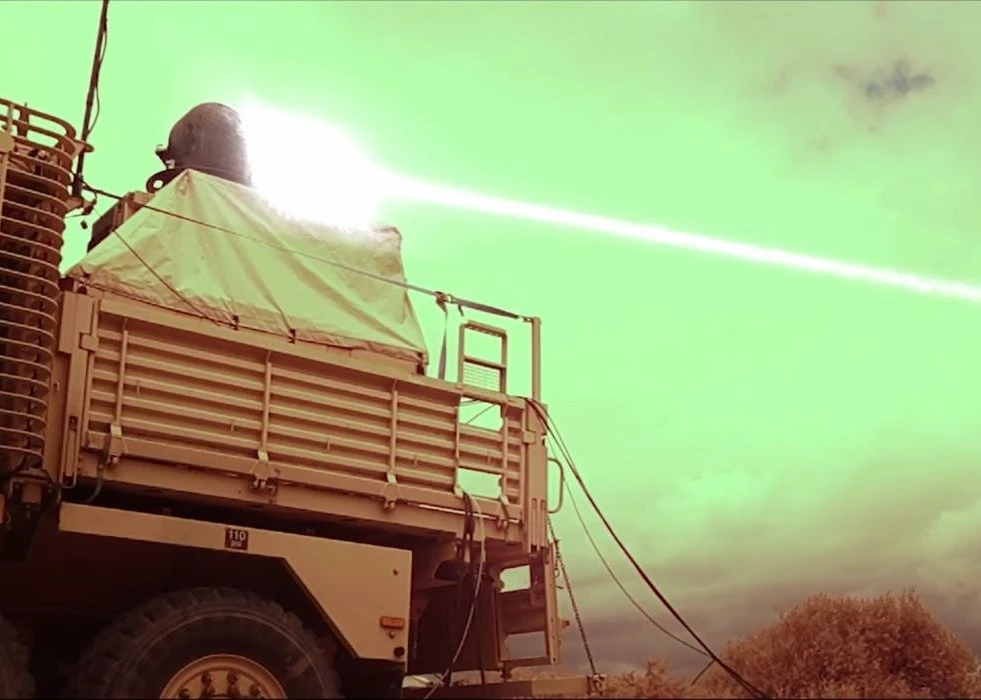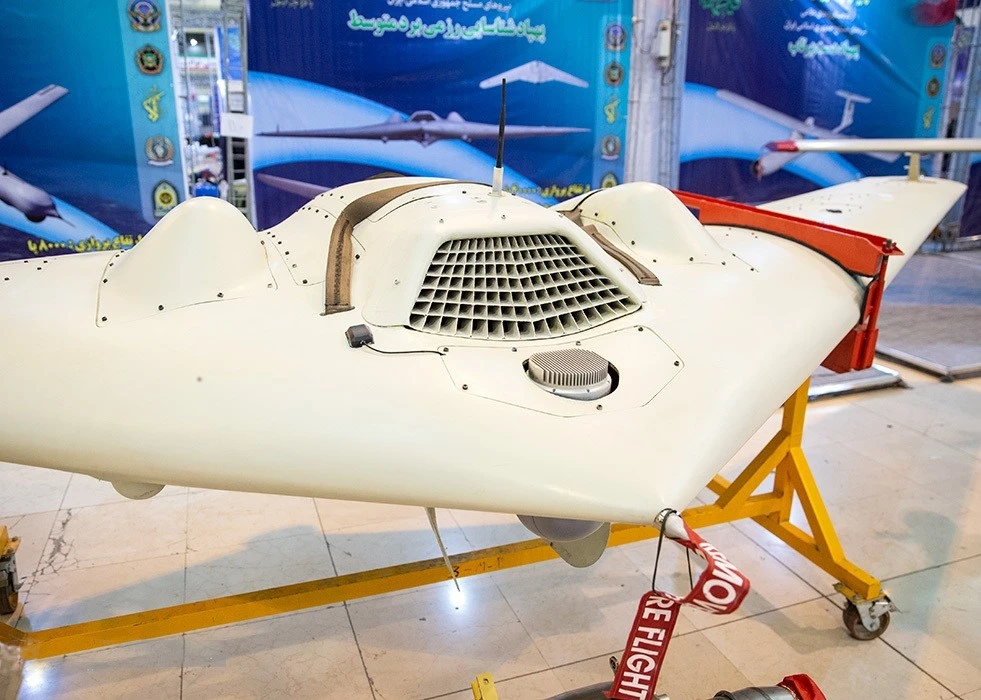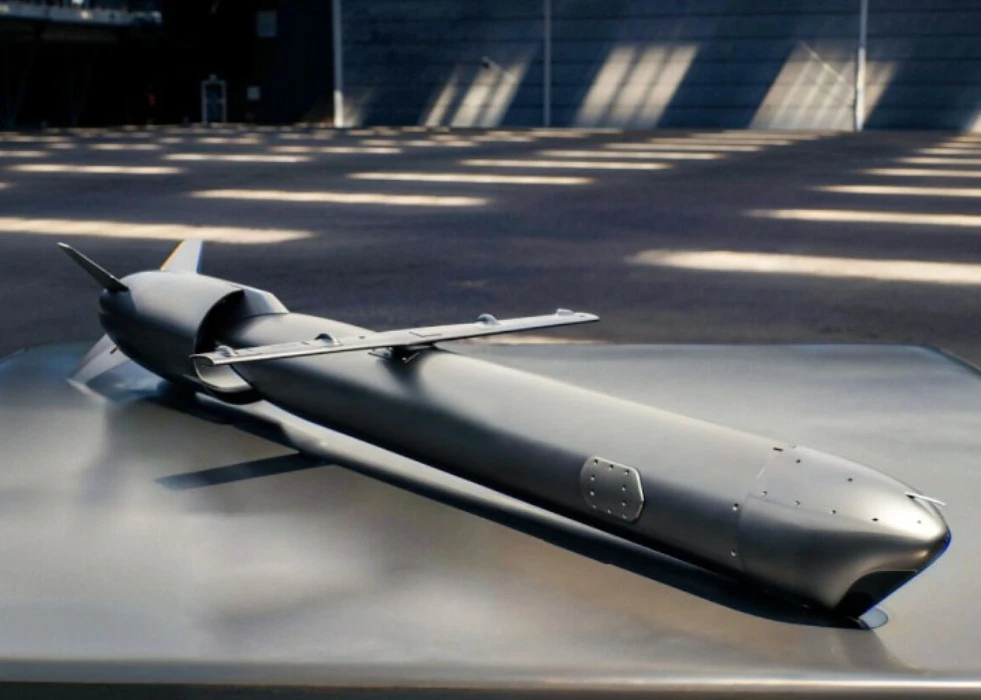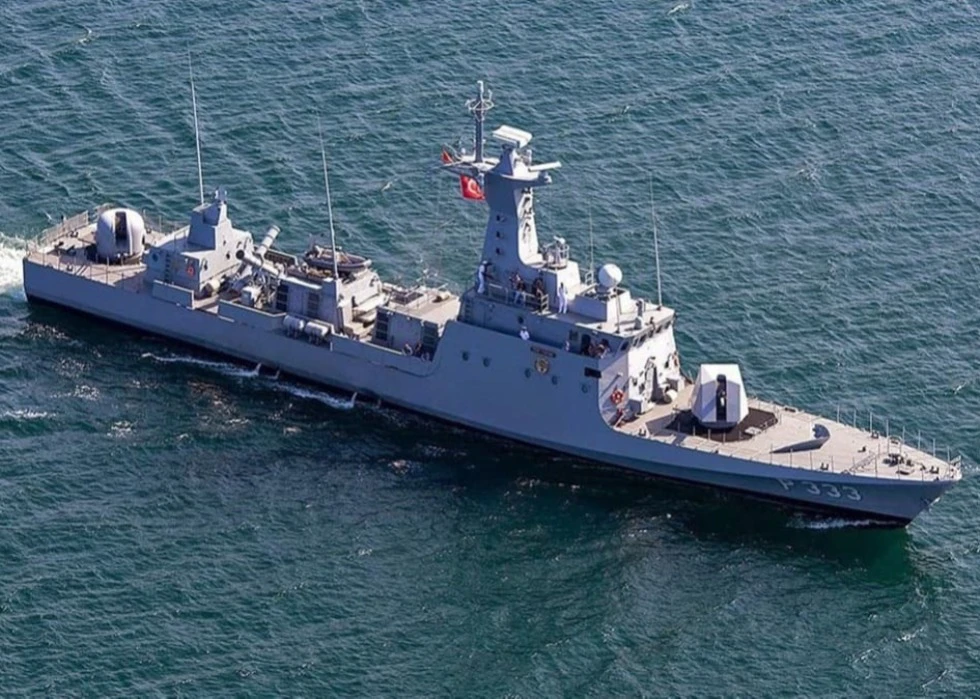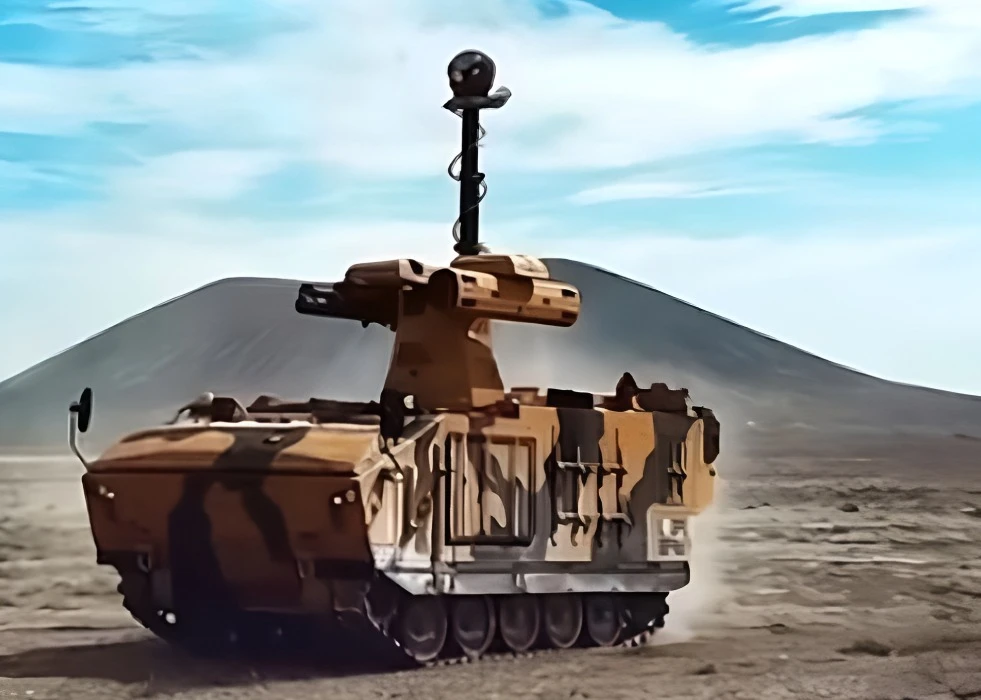Dnipro Dam of Ukraine in the city of Zaporizhzhia, used as a hydroelectric power plant, was targeted by a Russian cruise missile strike using flare decoys. Reportedly, the dam has not been breached, but the upper structures where the turbine and generator of the hydroelectric plant have been damaged.
It is understood that the main aim was to intervene in the country’s energy production, which has a 1,578.6 MW Installed capacity.
Currently, the dam is over 800 metres long and 61 metres high. The dam elevates the river water up to 37 metres, flooding the rapids above and making the entire Dnieper navigable. It is considered that the timing of the attack will have a second purpose: as the winter ends, snow will melt, and the river will increase its electric production. In other words, Ukraine will need the dam more than ever now.
One of the footage shows a cruise missile releasing flare decoys during the terminal approach.
Both sides have been targeting each other’s critical infrastructure using long-range strikes conducted via cruise missiles, ballistic missiles, and kamikaze UAVs. The long-range and mobility of these weapons allow for relatively safe launch conditions and hit-and-run tactics.
Some notable examples include Russia’s attack on Ukrainian powerplants using Shaheed-series kamikaze UAVs, Ukraine’s strikes on Russian gas facilities using various kamikaze UAVs, and warships stationed in the Russian Black Sea Fleet.
This isn’t the first time Russia employed decoys on its cruise missiles. Previously, a Kh-101 air-launched cruise missile was spotted similarly deploying flares. A crashed Kh-101 captured by the Ukrainian forces was seen to be carrying a dispenser with 12 slots for flares.
Russia uses decoys not only on cruise missiles but also on its Iskander ballistic missiles. The decoys on Iskander are seemingly RF decoys that confuse radars, which are the primary sensors in defence against ballistic missiles.
